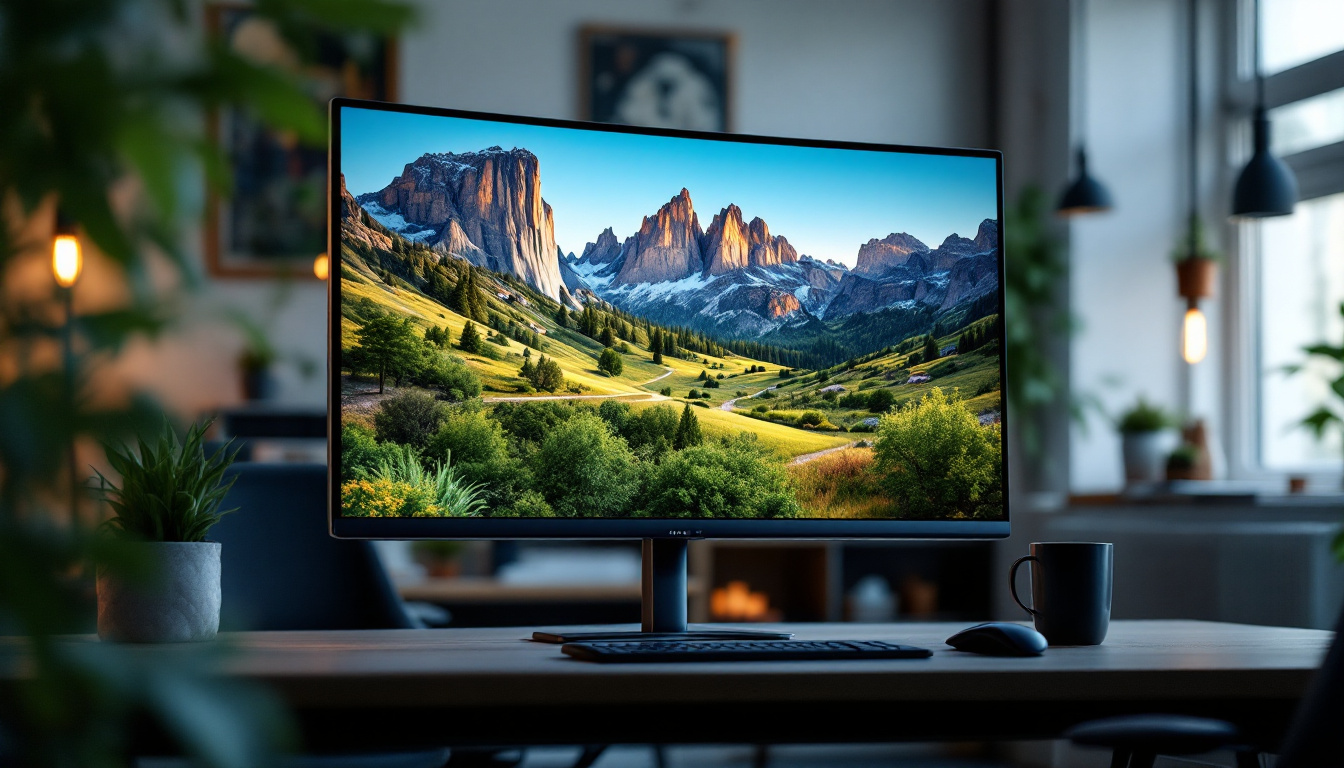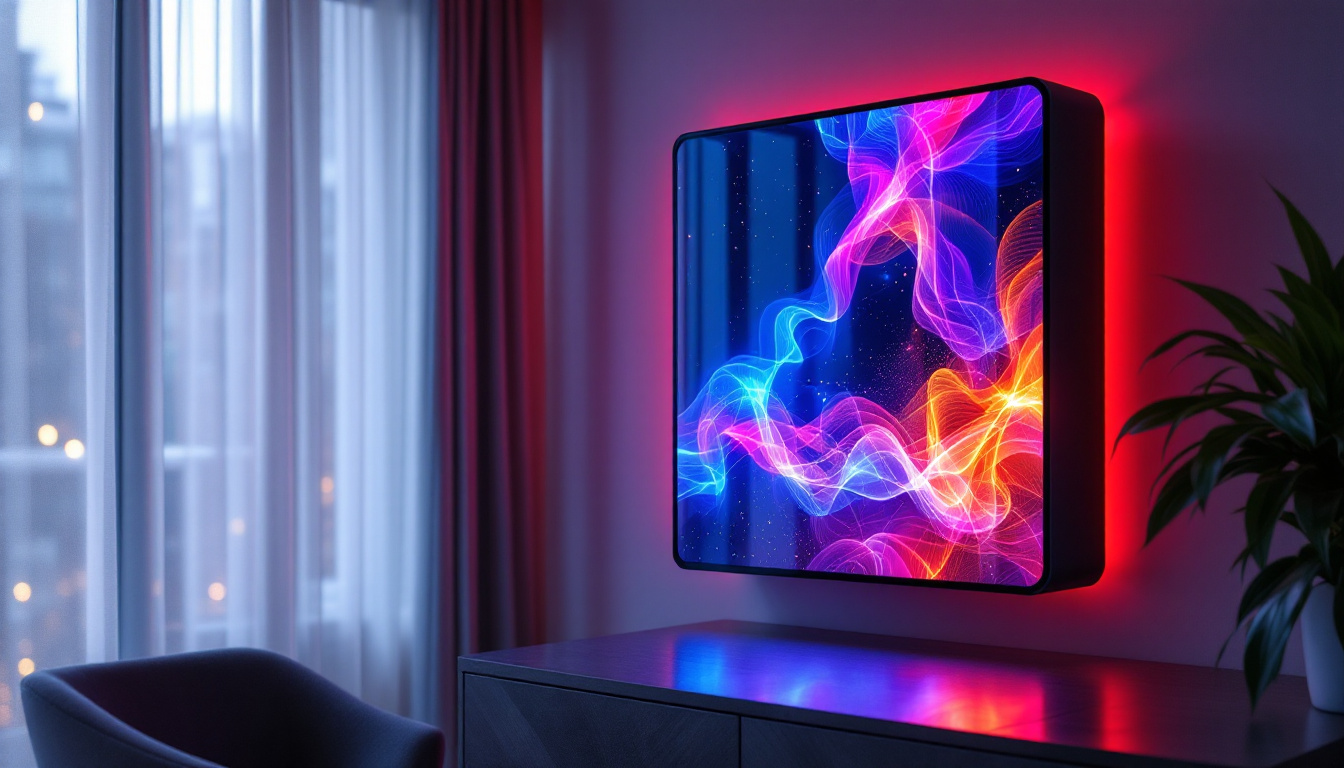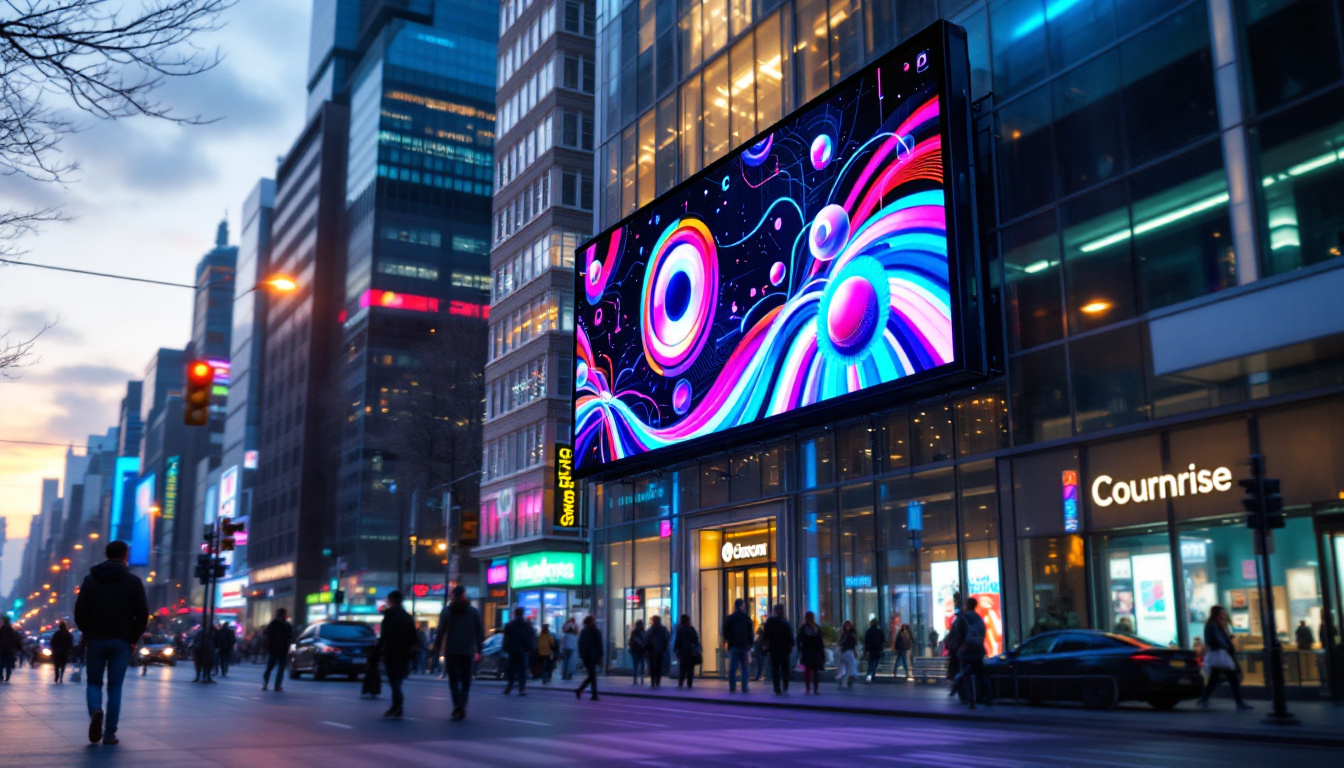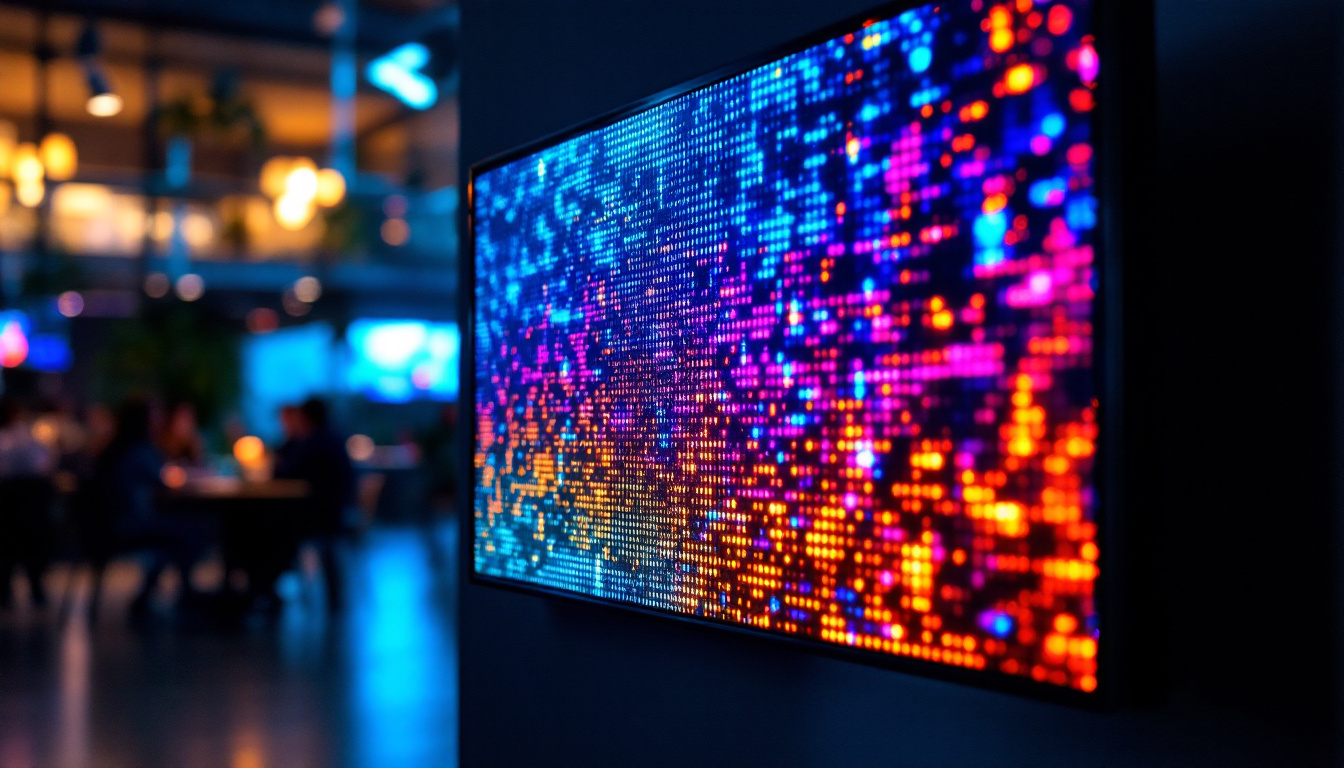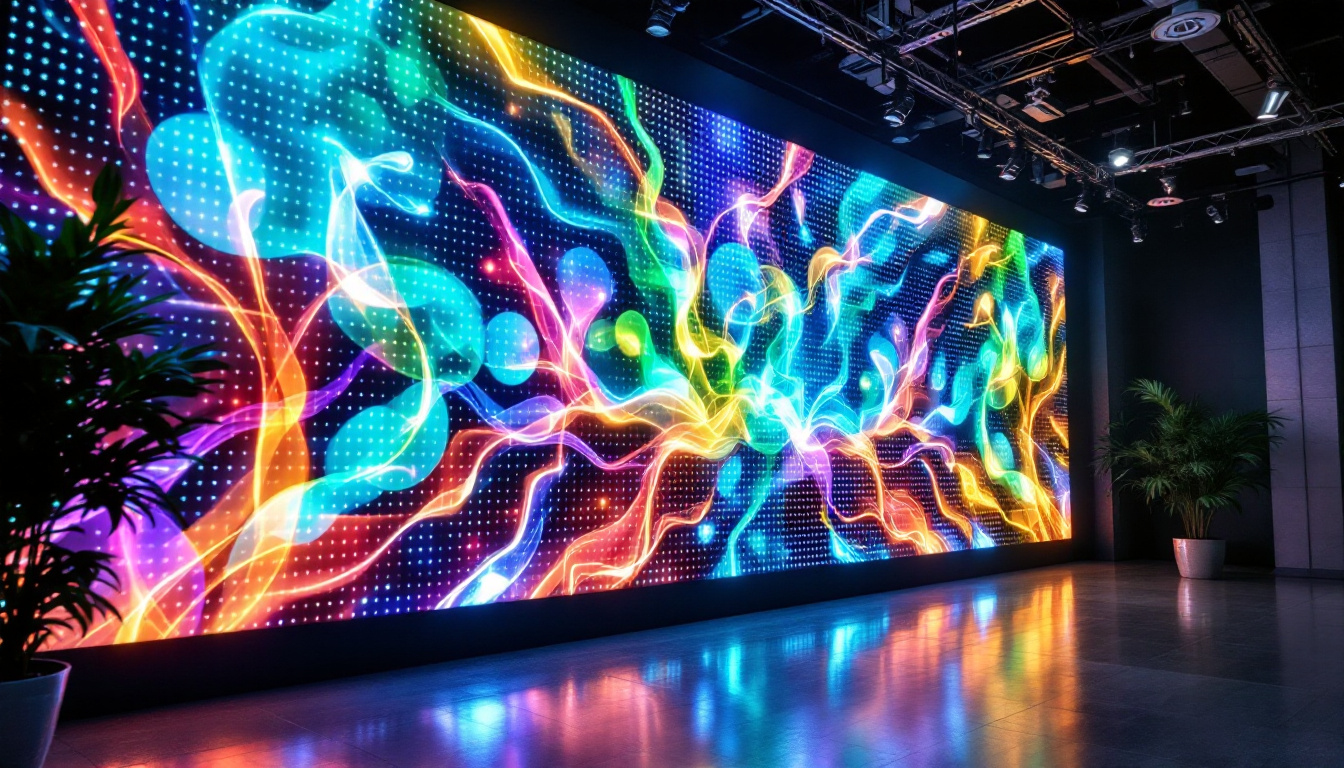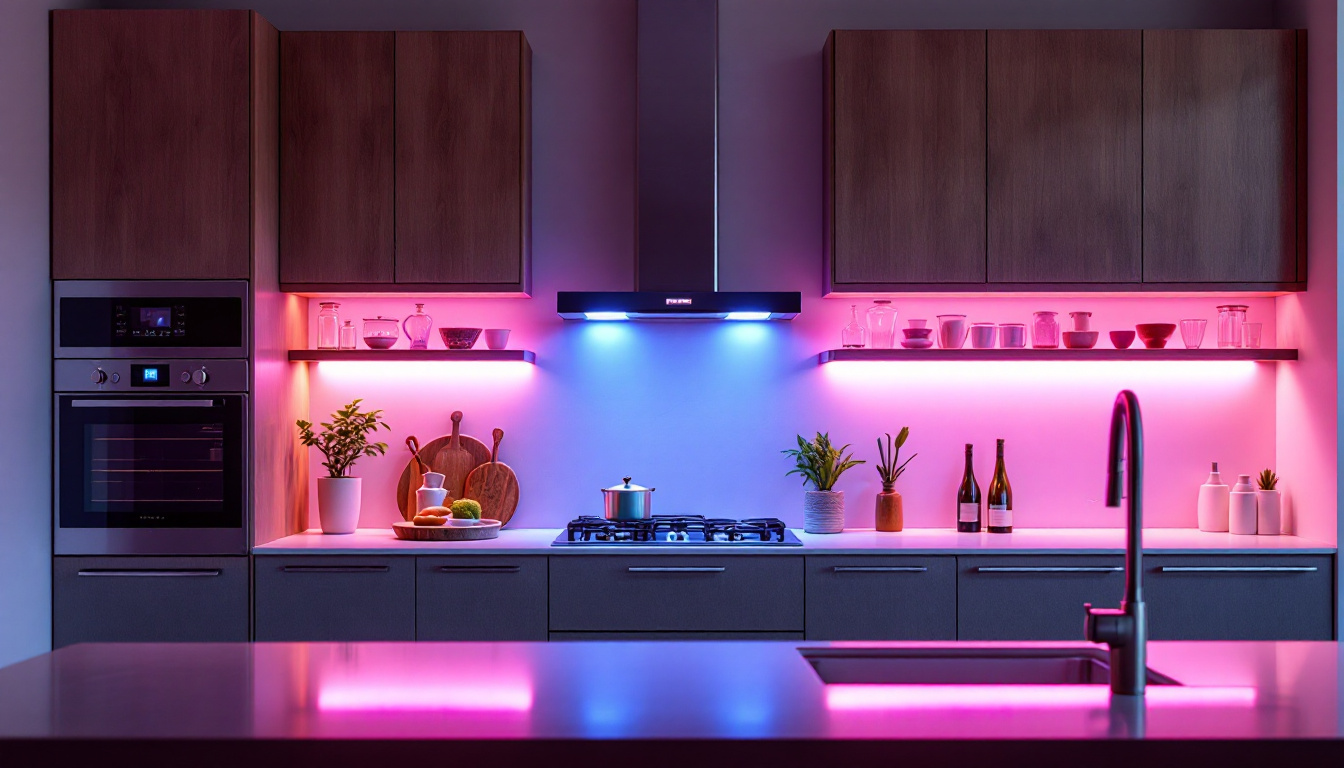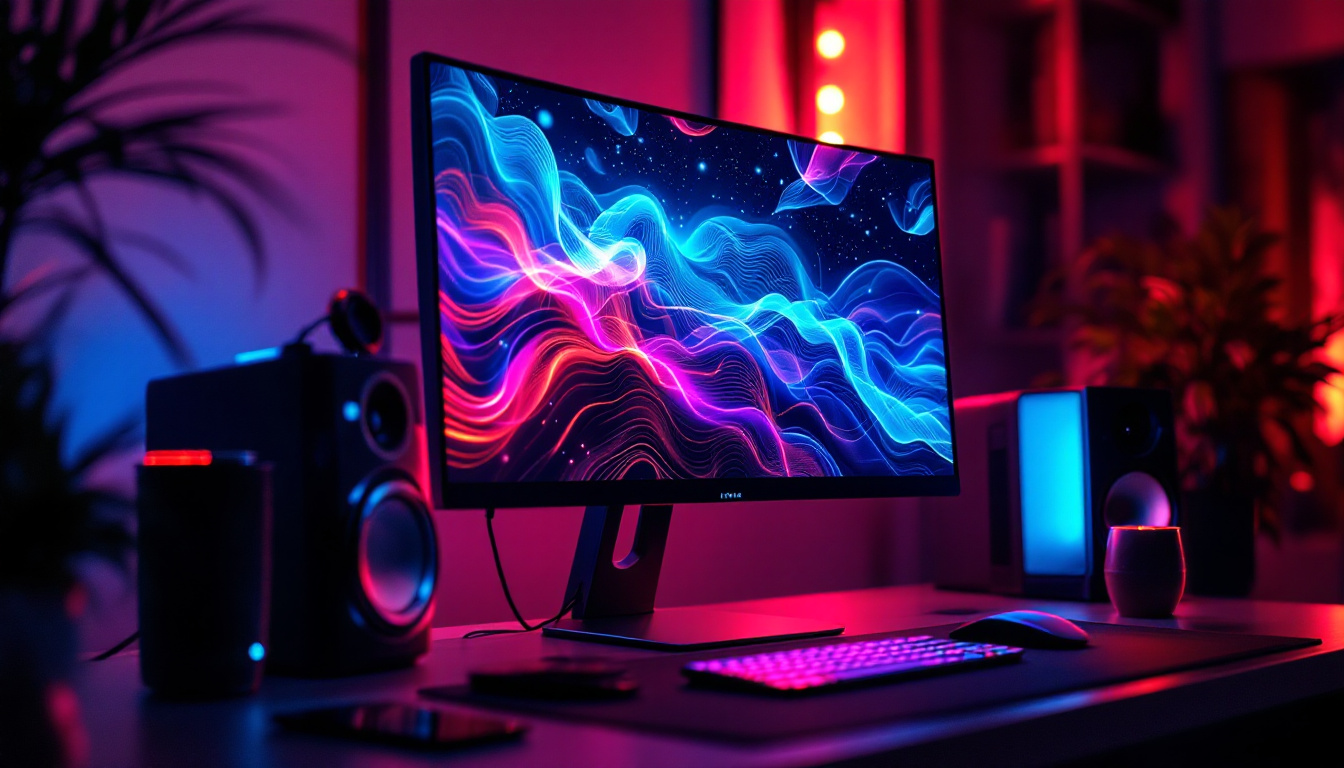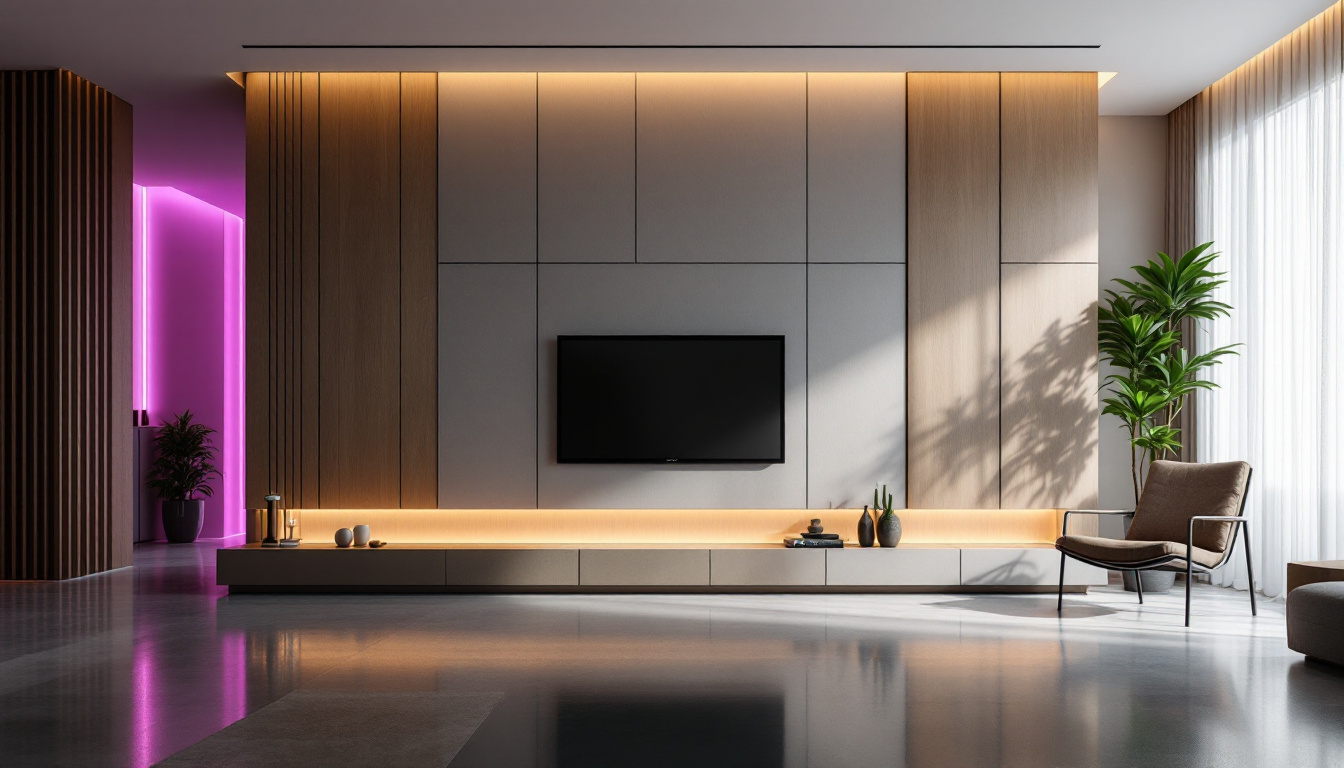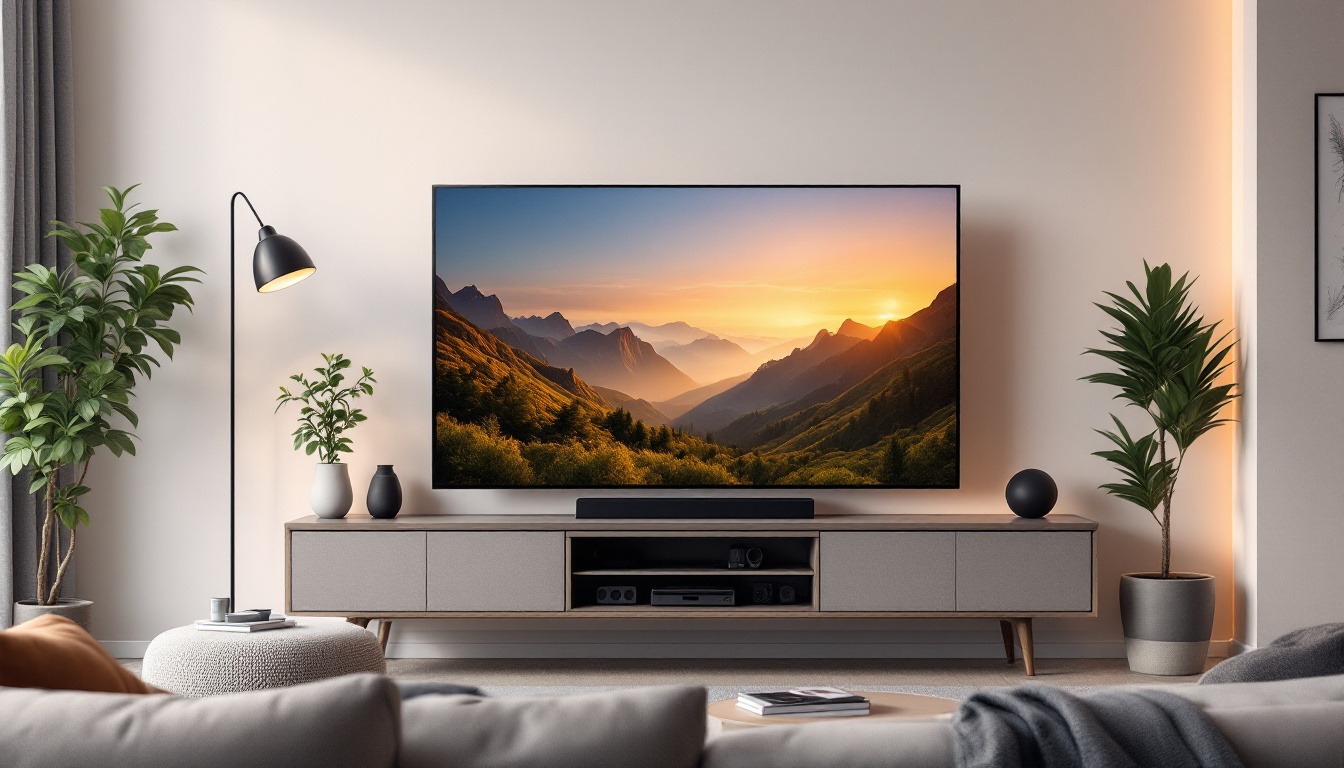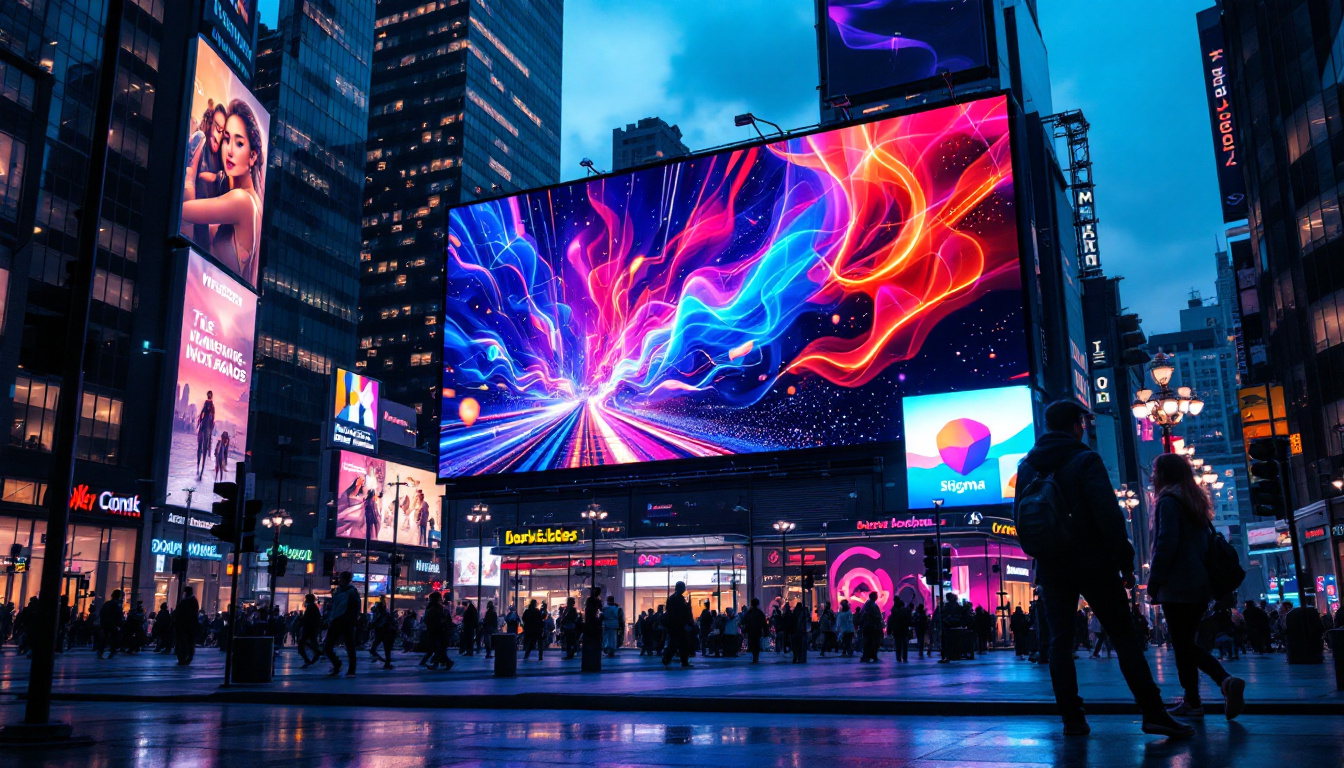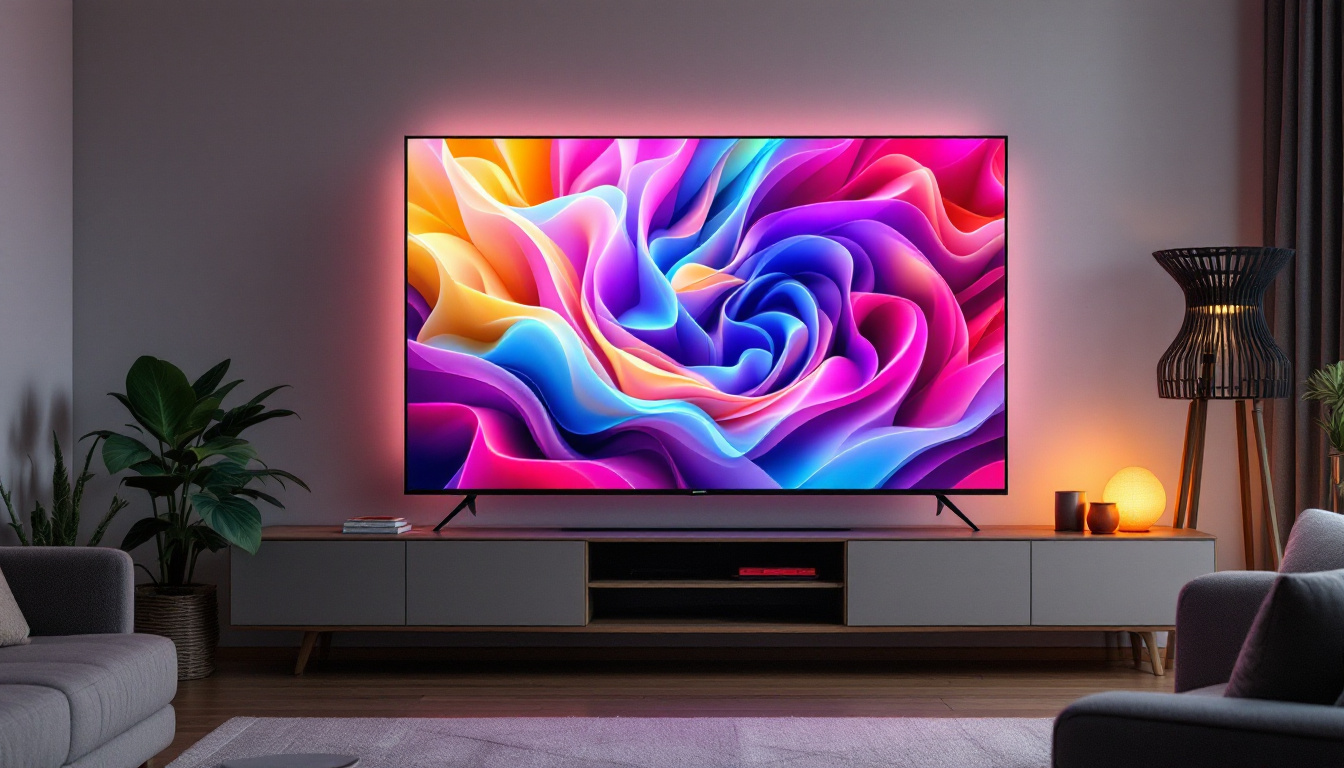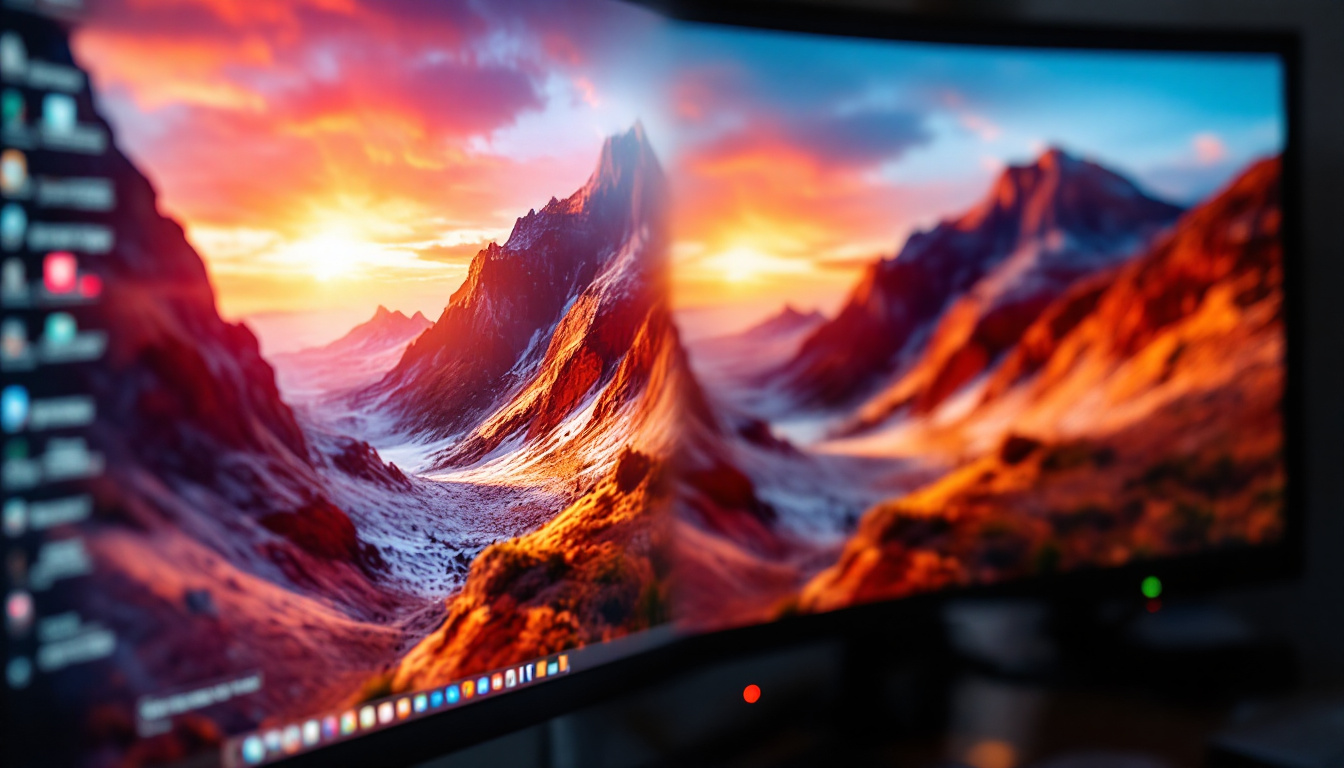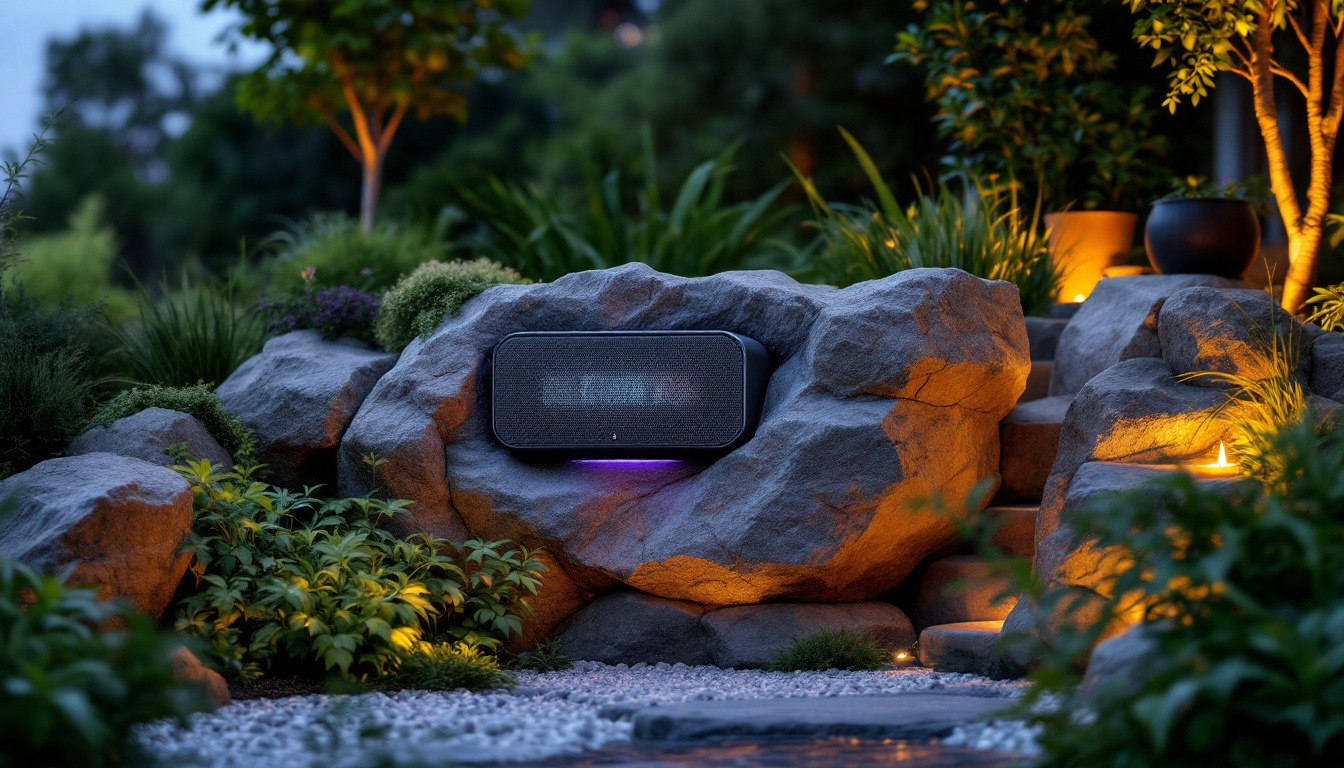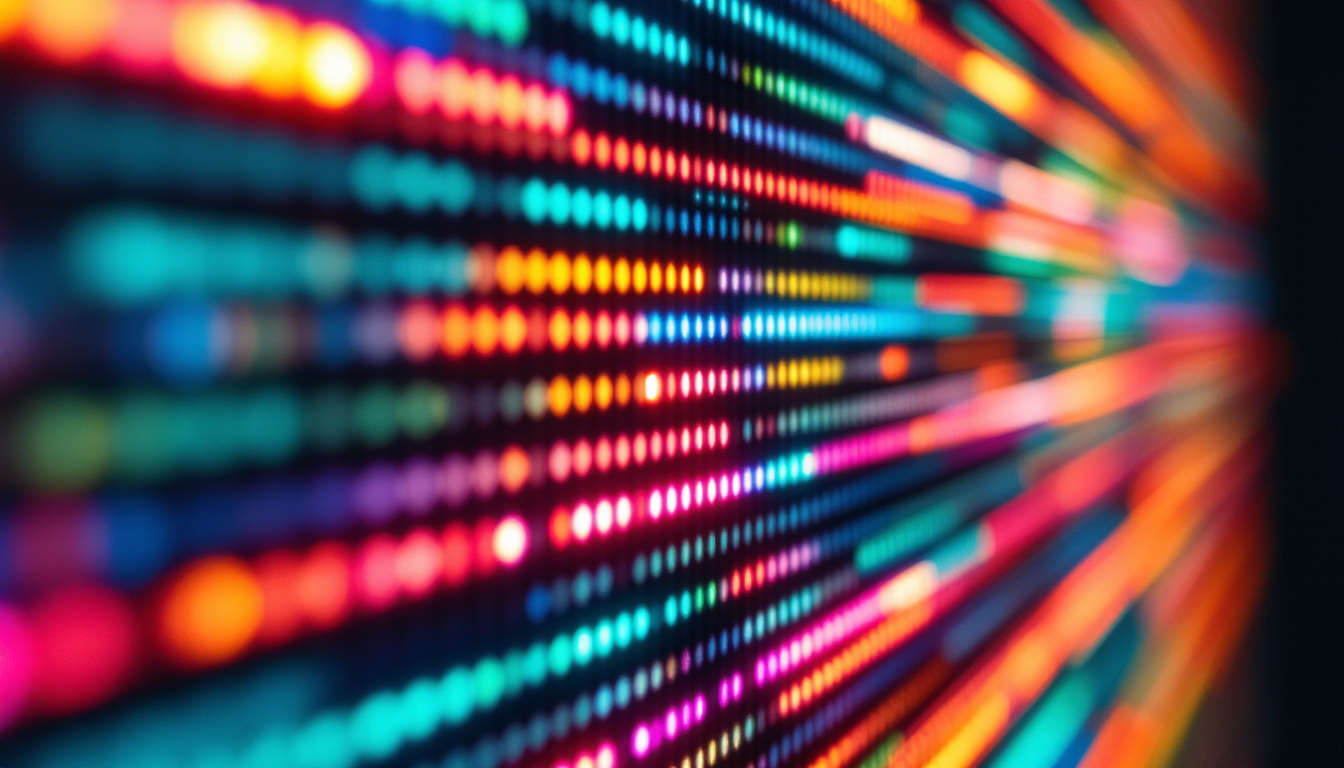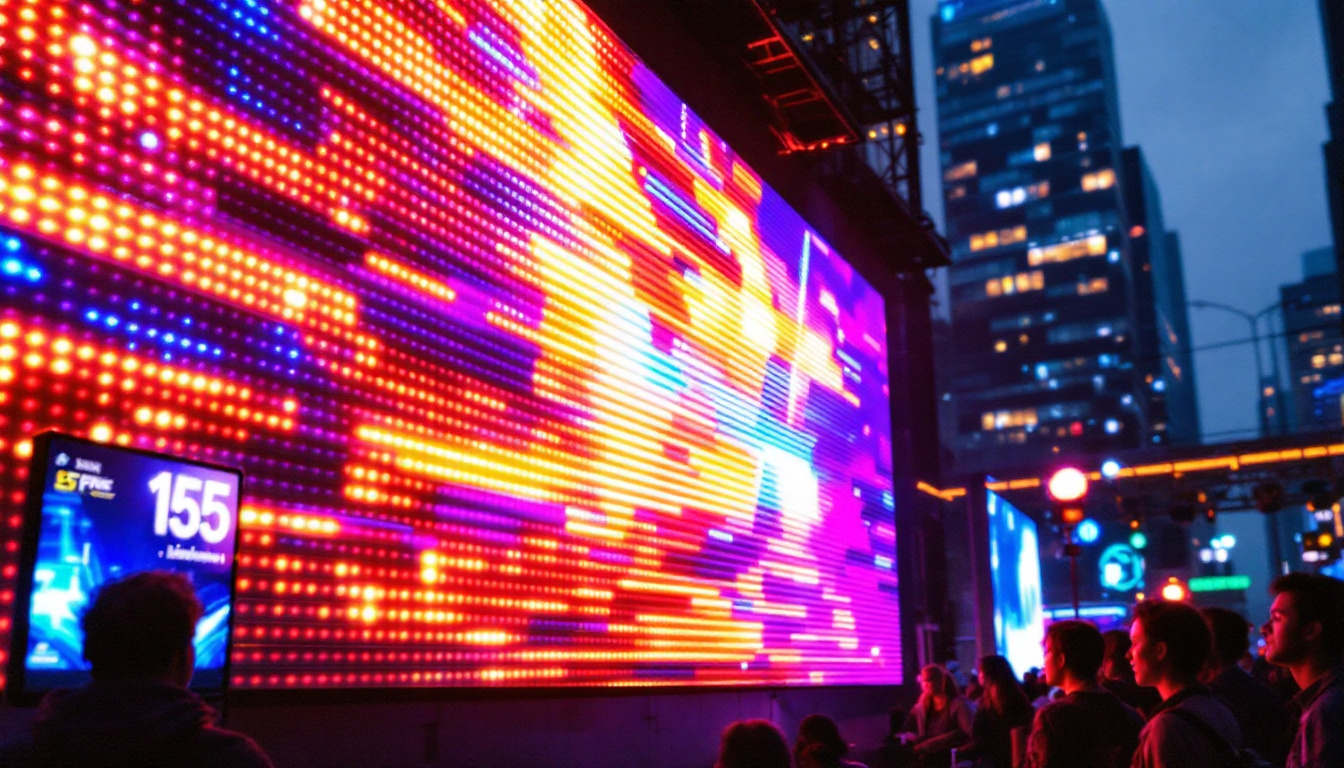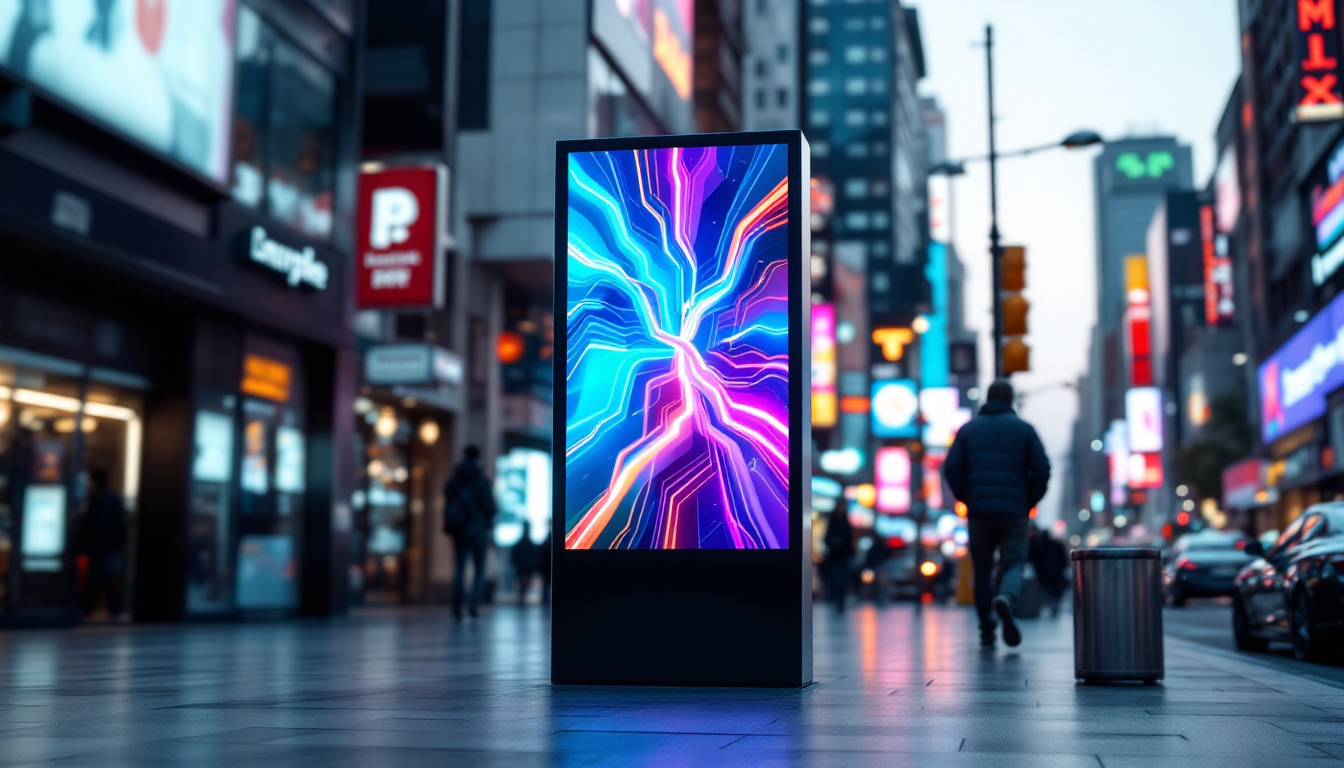In recent years, the demand for sleek and stylish technology has surged, leading to the rise of ultra-thin monitors. These displays not only enhance the aesthetic appeal of any workspace but also offer impressive performance and functionality. Among the various technologies used in these monitors, LED (Light Emitting Diode) displays stand out for their vibrant colors, energy efficiency, and slim profile. This article delves into the world of ultra-thin monitors, focusing on LED technology and its implications for users.
Understanding LED Technology
LED technology has revolutionized the way displays are built and perceived. Unlike traditional LCD monitors that rely on fluorescent backlighting, LED monitors use light-emitting diodes to illuminate the screen. This fundamental difference leads to several advantages that make LED displays a popular choice for ultra-thin monitors. The shift to LED technology has not only improved the quality of visual displays but has also paved the way for innovations in design and functionality, allowing for sleeker, more modern aesthetics in consumer electronics.
How LED Displays Work
At the core of LED technology is the use of semiconductor materials that emit light when an electric current passes through them. In an LED monitor, these diodes can be arranged in various configurations to create a full-color display. The most common configurations include:
- Edge-Lit LED: In this setup, LEDs are placed along the edges of the screen, with light diffused across the display. This allows for a thinner profile, as the light source does not need to be behind the entire screen.
- Direct-Lit LED: Here, LEDs are placed directly behind the screen, providing more uniform brightness and better contrast. While this configuration can be thicker than edge-lit models, it offers superior picture quality.
- Full Array LED: This advanced configuration uses multiple zones of LEDs that can be dimmed or brightened independently. This results in enhanced contrast ratios and deeper blacks, making it ideal for high-definition content.
Benefits of LED Displays
LED displays come with a multitude of benefits that make them an attractive option for consumers and professionals alike. Some of the key advantages include:
- Energy Efficiency: LED monitors consume significantly less power compared to traditional displays, making them more environmentally friendly and cost-effective in the long run.
- Vibrant Colors: The ability of LEDs to produce a wider color gamut results in more vivid and lifelike images. This is particularly beneficial for graphic designers and photographers who require accurate color representation.
- Thin and Lightweight: The compact nature of LED technology allows manufacturers to create ultra-thin monitors that are easy to mount and transport, enhancing both functionality and aesthetics.
Moreover, LED displays are known for their longevity and durability. Unlike older technologies that may suffer from burn-in or degradation over time, LED screens maintain their brightness and color accuracy for many years. This reliability is especially important in professional settings where consistent performance is critical. Additionally, many LED monitors come equipped with advanced features such as adaptive brightness and blue light filters, which enhance user comfort during prolonged use. These features not only contribute to a better viewing experience but also help reduce eye strain, making LED displays a preferred choice for both casual viewers and professionals who spend long hours in front of their screens.
Another noteworthy aspect of LED technology is its versatility. Beyond monitors, LED technology has found applications in various fields, including automotive lighting, architectural lighting, and even in medical devices. The ability to create dynamic lighting effects and integrate LEDs into compact spaces has opened new avenues for innovation. As technology continues to evolve, we can expect to see even more exciting developments in LED applications, further solidifying its place as a cornerstone of modern display technology.
The Evolution of Ultra Thin Monitors
The journey of ultra-thin monitors has been marked by rapid advancements in technology and design. Initially, monitors were bulky and heavy, making them impractical for modern workspaces. However, with the advent of LED technology, manufacturers have been able to push the boundaries of what is possible in display design.
From CRT to LCD to LED
The transition from Cathode Ray Tube (CRT) monitors to Liquid Crystal Display (LCD) technology marked a significant turning point in the industry. LCDs offered a sleeker profile and better energy efficiency than their CRT predecessors. However, it was the introduction of LED backlighting that truly transformed the market, allowing for even thinner designs and improved performance.
As technology continued to evolve, manufacturers began to explore new materials and techniques that further reduced the thickness of monitors. Innovations such as borderless designs and ultra-slim bezels have contributed to the modern aesthetic of ultra-thin displays, making them a staple in contemporary offices and homes.
Current Trends in Ultra Thin Monitor Design
Today, ultra-thin monitors are not just about being slim; they are also about functionality and user experience. Some current trends include:
- Curved Displays: Curved ultra-thin monitors provide an immersive viewing experience, allowing users to enjoy a wider field of vision while reducing glare and distortion.
- High Refresh Rates: Gamers and content creators are increasingly looking for monitors with high refresh rates, which provide smoother motion and improved responsiveness.
- Integrated Technology: Many ultra-thin monitors now come with built-in speakers, webcams, and USB hubs, reducing the need for additional peripherals and decluttering workspaces.
Choosing the Right Ultra Thin Monitor
With a plethora of options available in the market, selecting the right ultra-thin monitor can be a daunting task. It is essential to consider various factors to ensure that the chosen display meets specific needs and preferences.
Screen Size and Resolution
The screen size and resolution of a monitor play a crucial role in determining its usability. Larger screens provide more screen real estate, which is beneficial for multitasking and immersive experiences. Common sizes range from 24 inches to 34 inches, while resolutions can vary from Full HD (1920×1080) to 4K (3840×2160) and beyond.
For professionals involved in graphic design, video editing, or gaming, opting for a higher resolution monitor can significantly enhance productivity and enjoyment. The clarity and detail offered by 4K displays, for instance, allow for more precise work and a more engaging viewing experience.
Connectivity Options
Modern ultra-thin monitors come equipped with a variety of connectivity options to accommodate different devices. Common ports include HDMI, DisplayPort, USB-C, and VGA. Ensuring that the chosen monitor has the necessary ports for compatibility with existing devices is vital.
Additionally, some monitors offer features like daisy-chaining, which allows multiple displays to be connected through a single port, streamlining the setup process for users with multiple screens.
Ergonomics and Adjustability
Ergonomics is an often-overlooked aspect of monitor selection. An ultra-thin monitor should not only look good but also provide comfort during extended use. Features such as height adjustment, tilt, swivel, and pivot can significantly enhance the user experience by allowing for a more personalized setup.
Investing in a monitor with good ergonomic features can help reduce eye strain and neck pain, promoting a healthier workspace.
Comparing Ultra Thin Monitors to Traditional Displays
While ultra-thin monitors have gained popularity, it is essential to compare them with traditional displays to understand their advantages and limitations. Traditional monitors, such as older LCDs or CRTs, still have their place in certain contexts.
Performance and Picture Quality
In terms of performance, ultra-thin monitors equipped with LED technology often outperform traditional displays. The enhanced color accuracy, contrast ratios, and brightness levels of LED displays provide a superior viewing experience, particularly for media consumption and creative work.
However, some traditional monitors may offer specific advantages, such as better color reproduction in certain scenarios or lower input lag for competitive gaming. It is crucial to assess individual needs and preferences when making a decision.
Price Considerations
Ultra-thin monitors tend to be priced higher than traditional displays due to their advanced technology and sleek designs. While the initial investment may be significant, the long-term benefits in terms of energy efficiency and durability can offset the costs over time.
On the other hand, traditional monitors may offer a more budget-friendly option for users who prioritize basic functionality over aesthetics and advanced features.
Space and Aesthetics
One of the most significant advantages of ultra-thin monitors is their ability to save space and enhance the overall aesthetics of a workspace. Their sleek profiles and minimalistic designs can create a modern and organized environment, making them ideal for home offices and professional settings alike.
In contrast, traditional monitors may take up more space and can appear bulky, which may not align with the design preferences of contemporary users.
The Future of Ultra Thin Monitors
The future of ultra-thin monitors looks promising, with ongoing advancements in technology and design. As manufacturers continue to innovate, several trends are expected to shape the next generation of displays.
Emerging Technologies
One of the most exciting developments in the world of monitors is the potential for OLED (Organic Light Emitting Diode) technology to become more mainstream. OLED displays offer unparalleled contrast ratios and color accuracy, making them a strong competitor to LED technology.
Additionally, the rise of 8K resolution monitors is on the horizon, providing even greater detail and clarity for users who demand the highest quality visuals. As content creation and consumption continue to evolve, the need for higher resolution displays will likely drive innovation in the ultra-thin monitor market.
Integration with Smart Technology
As smart technology becomes increasingly prevalent, ultra-thin monitors are likely to incorporate features that enhance connectivity and functionality. This may include built-in smart assistants, wireless connectivity, and seamless integration with other smart devices, creating a more cohesive and efficient workspace.
Emphasis on Sustainability
With growing awareness of environmental issues, manufacturers are expected to prioritize sustainability in their production processes. This could involve using recycled materials, reducing energy consumption, and implementing eco-friendly packaging solutions. Consumers are becoming more conscious of their purchases, and eco-friendly practices will likely influence buying decisions in the future.
Conclusion
Ultra-thin monitors equipped with LED technology represent a significant advancement in display technology, combining aesthetics, performance, and functionality. As users increasingly seek sleek, efficient, and high-quality displays for both work and entertainment, the demand for ultra-thin monitors is likely to continue growing.
Understanding the intricacies of LED technology, the evolution of monitor designs, and the factors to consider when choosing a display can empower consumers to make informed decisions. With ongoing advancements in technology, the future of ultra-thin monitors promises even more exciting possibilities, making them an essential component of modern workspaces and entertainment setups.
Discover LumenMatrix’s Advanced LED Displays
Ready to elevate your visual experience with the latest in ultra-thin monitor technology? Explore LumenMatrix’s innovative LED display solutions, designed to bring your content to life with unparalleled clarity and vibrancy. Whether for indoor or outdoor applications, vehicle advertising, sports events, or custom installations, LumenMatrix has the cutting-edge technology to transform your space. Check out LumenMatrix LED Display Solutions today and see how we can help you create a powerful visual statement.

